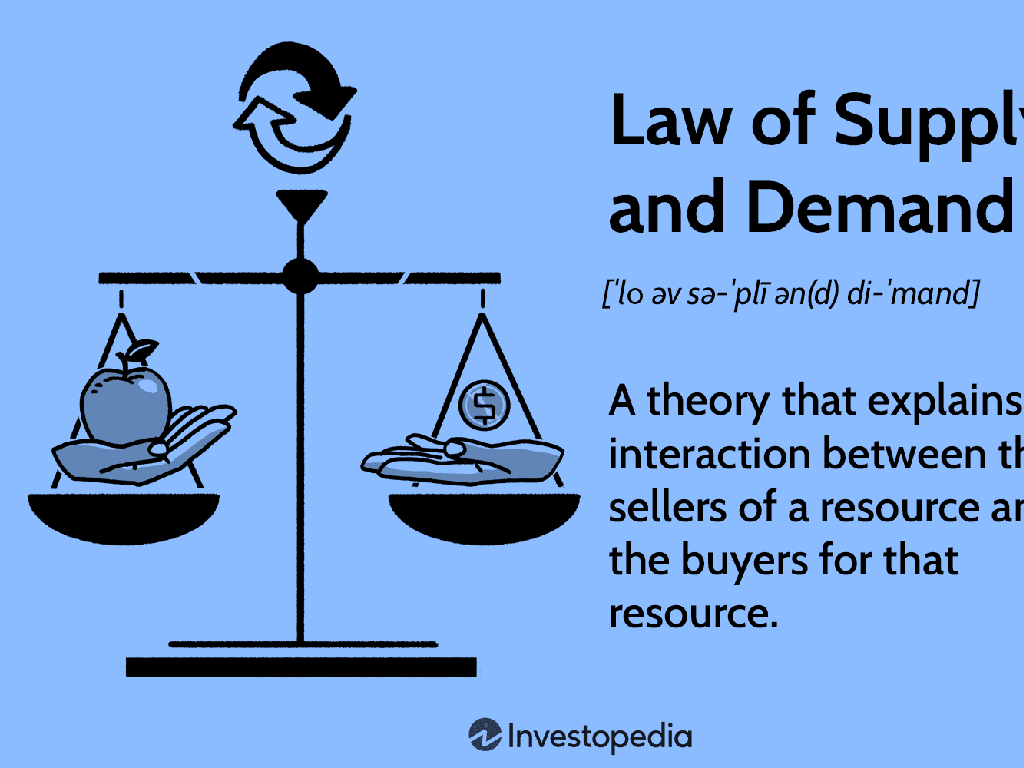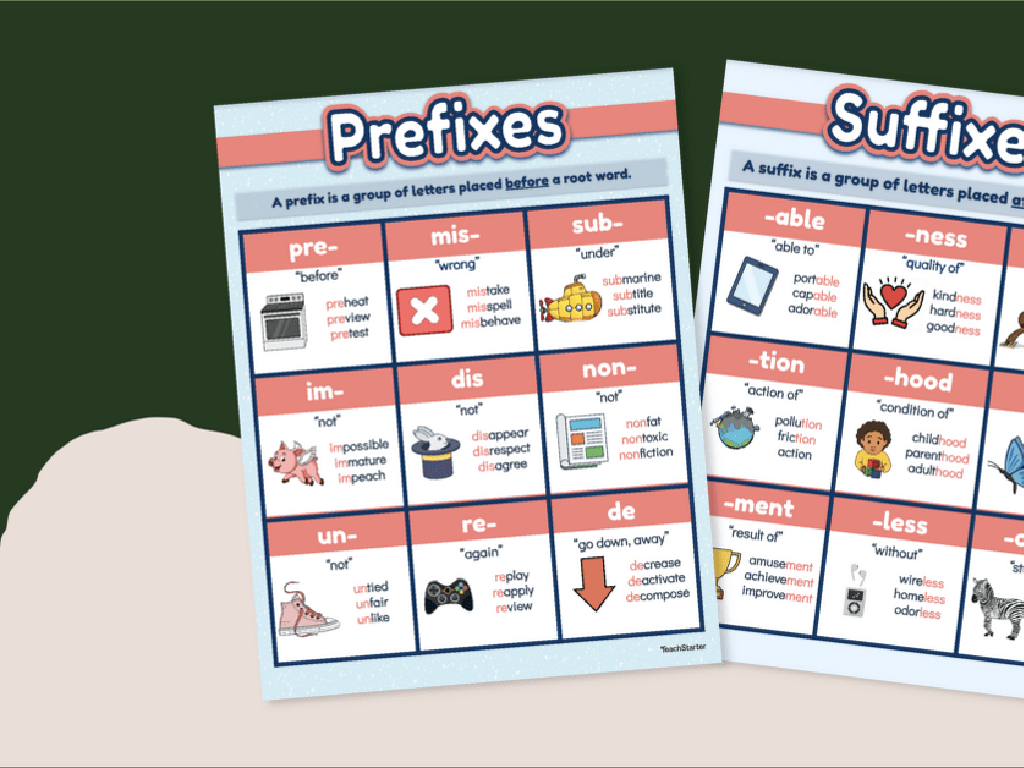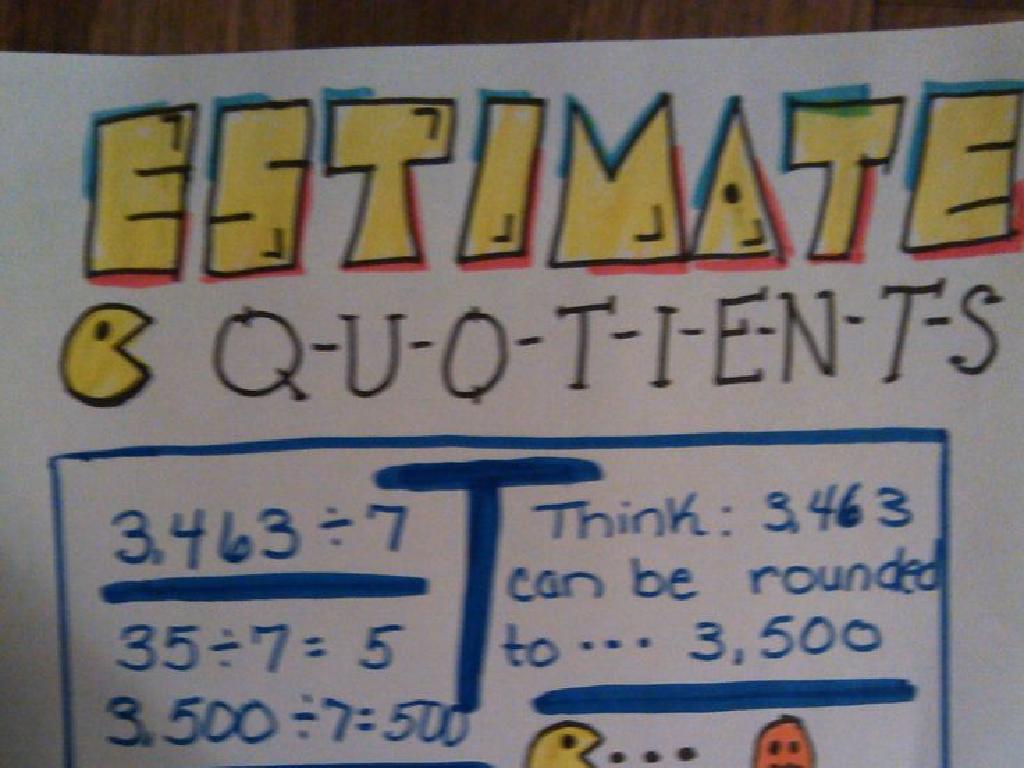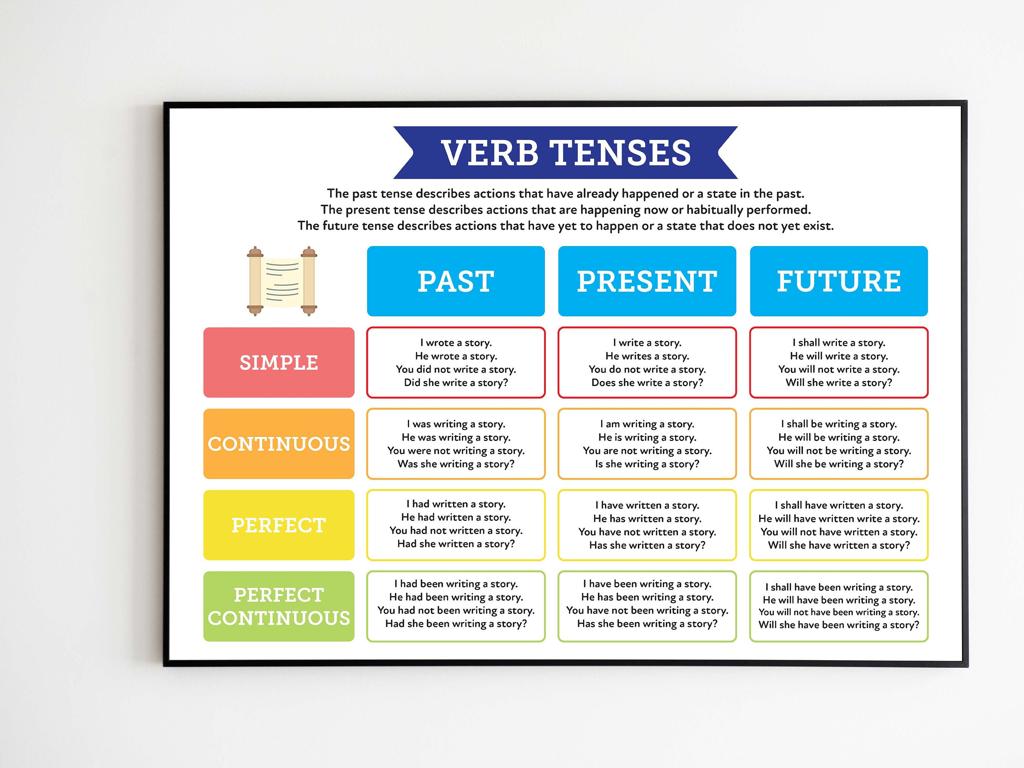Shapes Of Everyday Objects I
Subject: Math
Grade: Second grade
Topic: Three-Dimensional Shapes
Please LOG IN to download the presentation. Access is available to registered users only.
View More Content
Welcome to 3D Shapes!
– Discovering 3D shapes around us
– Understanding what 3D shapes are
– 3D shapes have length, width, and height
– Identifying 3D shapes in daily life
– Cereal box as a rectangular prism, ball as a sphere
– Exploring shapes through examples
– We’ll look at objects like cans, balls, and boxes
|
This slide introduces second-grade students to the concept of three-dimensional shapes. Begin by explaining that unlike flat shapes, 3D shapes have three dimensions: length, width, and height. Use tangible examples that children are familiar with, such as a cereal box to represent a rectangular prism or a ball to represent a sphere. Encourage students to think of and discuss objects they encounter in their daily lives and what shapes these objects resemble. This will help them to visualize and better understand the concept of three-dimensional shapes. The goal is to make them aware of the 3D shapes that surround them and to recognize these shapes in various contexts.
Exploring 3D Shapes
– 3D shapes have three dimensions
– Length, width, and height define a 3D shape
– Comparing 2D and 3D shapes
– 2D shapes are flat with only length and width
– 3D shapes are not flat
– Like balls, not like drawings!
– We can hold 3D shapes
– Objects like blocks and balls are 3D
|
This slide introduces students to the concept of three-dimensional shapes. Emphasize that 3D shapes have three measurements: length, width, and height, unlike 2D shapes, which only have length and width and are flat. Use tangible examples like a ball (3D) versus a circle drawn on paper (2D) to illustrate the difference. Encourage students to think about objects they can hold and explore from different angles, such as cubes, spheres, and cylinders, to understand that these are all examples of 3D shapes. This will help them recognize 3D shapes in their everyday environment.
Meet the Shapes: Cube
– A cube has 6 square faces
– Cubes have 12 edges, 8 vertices
– Find cube-shaped objects
– Look around, can you spot any cubes?
– Example: dice and boxes
– Think of games with dice and opening boxes
|
This slide introduces the cube, a fundamental three-dimensional shape, to second-grade students. Start by explaining that a cube has six faces that are all squares, twelve edges where the faces meet, and eight vertices or corners. Use physical examples like a dice or a box to help students visualize the concept. Encourage them to find cube-shaped objects in the classroom or at home to reinforce their understanding. This activity will help students recognize cubes in various contexts and understand their geometric properties. Make sure to have some cube-shaped items on hand for demonstration and to assist visual learners.
Meet the Shapes: Sphere
– A sphere is round like a ball
– Spheres are everywhere
– Examples: basketball, globe
– Think of a basketball or a globe
– Let’s find sphere-shaped objects!
– Look around to spot spheres at home or school
|
This slide introduces the concept of a sphere to second-grade students by relating it to familiar objects. Start by explaining that a sphere is a three-dimensional shape that is perfectly round in all directions, similar to a ball. Encourage the students to think of objects they encounter in their daily lives that resemble a sphere, such as a basketball or a globe. This will help them connect the geometric concept to the real world. During the presentation, engage the students by asking them to look around their environment for sphere-shaped objects and share their findings with the class. This activity will reinforce their understanding of the shape and its properties.
Meet the Shapes: Cylinder
– A cylinder’s features
– Two circles and a curved side make a cylinder
– Cylinders in daily life
– Soup cans and cups are everyday cylinders
– Finding cylinder objects
– Let’s search for cylinders around us
– Discuss cylinder uses
|
This slide introduces the cylinder, a common three-dimensional shape, to second-grade students. Start by explaining the features of a cylinder, highlighting its two circular faces and one curved side. Use relatable examples like cans and cups to help students identify cylindrical objects in their daily lives. Encourage the students to look around their environment, both at home and school, to find objects shaped like cylinders. Discuss the practical uses of cylindrical shapes and how their design serves various functions, such as storage or drinking. This activity will help students recognize and understand the concept of three-dimensional shapes in a fun and interactive way.
Meet the Shapes: Cone
– A cone has a circular base
– It tapers to a point at the top
– Ice cream cones are cone-shaped
– Think of the delicious ice cream cone you hold!
– Cones are everywhere in daily life
– Look around to find cones in your room or house.
|
This slide introduces the cone, a basic three-dimensional shape that students can easily recognize in everyday objects. Emphasize the unique properties of a cone, such as its circular base and the way it narrows to a point at the top. Use the example of an ice cream cone to make the concept relatable and fun for the students. Encourage them to think of other cone-shaped items they encounter in their daily lives, such as party hats or traffic cones. This will help them to better understand the shape and how it appears in various contexts. Ask the students to bring or draw pictures of cone-shaped objects for the next class to reinforce their learning.
Sorting 3D Shapes: Roll or Stack?
– Let’s sort shapes together
– Identify shapes that can roll
– Spheres like a ball roll smoothly
– Find shapes that can stack
– Cubes like blocks stack easily
– Discuss why shapes behave differently
– Some shapes roll or stack based on their sides and curves
|
This slide is aimed at helping second-grade students understand the properties of three-dimensional shapes by sorting them based on their ability to roll or stack. Encourage the students to think about everyday objects and how their shapes affect their movement or stability. For example, balls (spheres) roll because they are perfectly round, while boxes (cubes) stack well because they have flat faces. Use hands-on activities where students can physically roll and stack different shapes to see these properties in action. Discuss with the class why certain shapes like cylinders can both roll and stack, enhancing their critical thinking about shapes in their environment.
3D Shapes in Our Classroom
– Become a shape detective
– Find 3D shapes around us
– Look for cubes, spheres, and cylinders
– Identify shapes’ properties
– Count the faces, edges, and vertices
– Share findings with class
|
This slide introduces an interactive class activity where students will explore their classroom to find everyday objects that match 3D shapes like cubes, spheres, and cylinders. Encourage the students to observe the properties of these shapes, such as the number of faces, edges, and vertices. Provide guidance on how to identify these properties and ensure they understand the terminology. After the exploration, have the students share their findings with the class, discussing how common 3D shapes are in our daily environment. This activity will help solidify their understanding of geometric concepts in a fun and engaging way.
Class Activity: Shape Hunt
– Find 3D shapes in our classroom
– Work with a buddy on the hunt
– Draw or list the shapes you find
– Identify the 3D shape of each object
|
This activity is designed to help students recognize and identify three-dimensional shapes in their immediate environment. By working in pairs, students will engage in a collaborative search to find objects in the classroom that match 3D shapes like cubes, cylinders, spheres, and cones. Encourage them to draw or write down the name of the object and the 3D shape it represents. Possible objects they might find include a ball (sphere), a box (cube), a can (cylinder), or a cone-shaped party hat. This hands-on activity not only reinforces their understanding of geometric concepts but also enhances their observational skills. After the hunt, facilitate a discussion where each pair can share their findings with the class.
Shape Hunt Review
– Share your Shape Hunt finds
– Discuss shapes in everyday objects
– Talk about where you see spheres, cubes, etc.
– How are 3D shapes used?
– Why is a tire round? Why are boxes cubic?
– Celebrate being shape detectives!
|
This slide is meant to recap the Shape Hunt activity. Encourage students to share the three-dimensional shapes they found in everyday objects around them. Facilitate a discussion on how these shapes are used in objects and why certain shapes are chosen for specific purposes, like a sphere for a ball because it rolls easily. Praise the students for their observational skills and for being ‘shape detectives’. This will help reinforce their understanding of three-dimensional shapes and their properties. Prepare to give examples such as a ball (sphere), dice (cube), and cereal box (rectangular prism) to guide the discussion.



-a-solution-to-the-linear-equation/linear_equation_graph_solutions.png)

